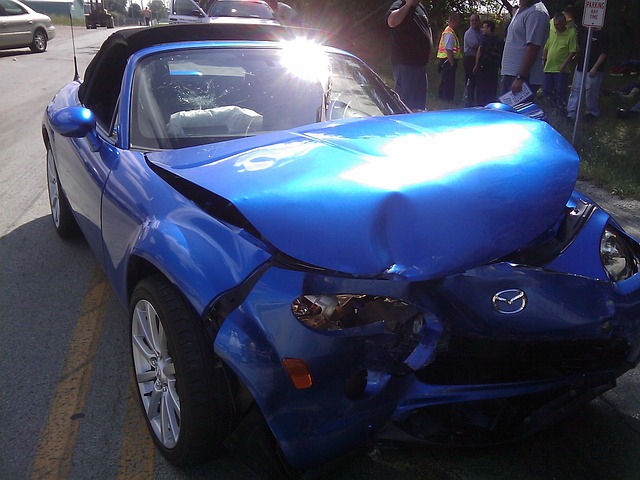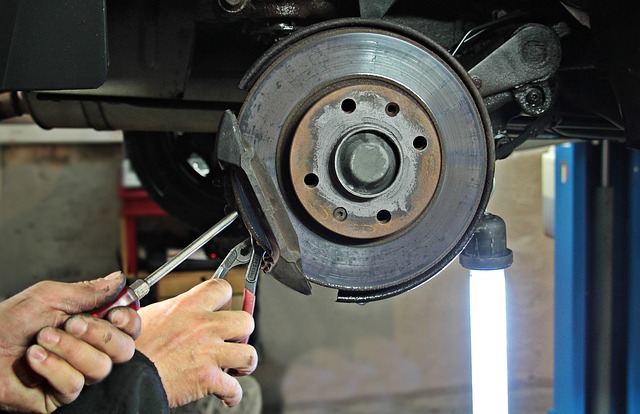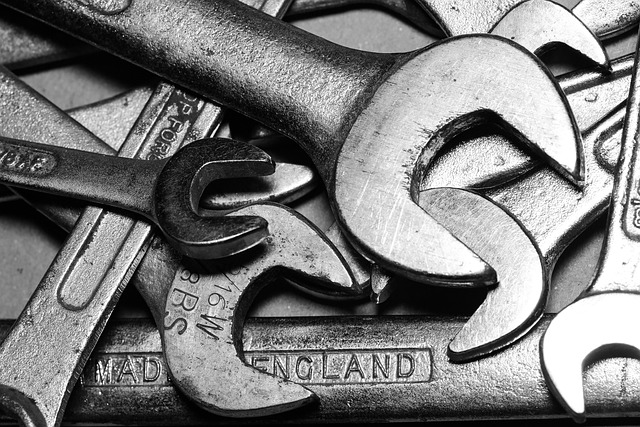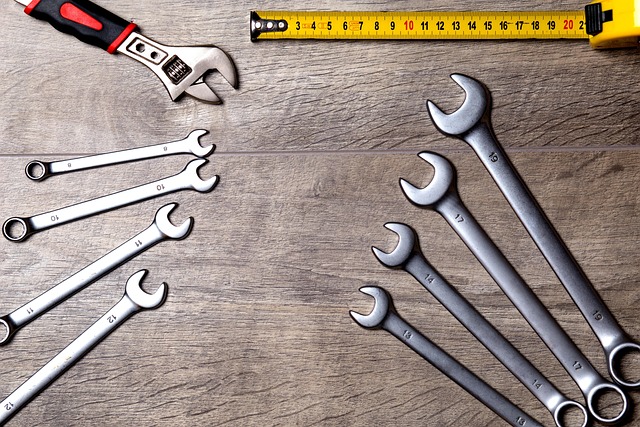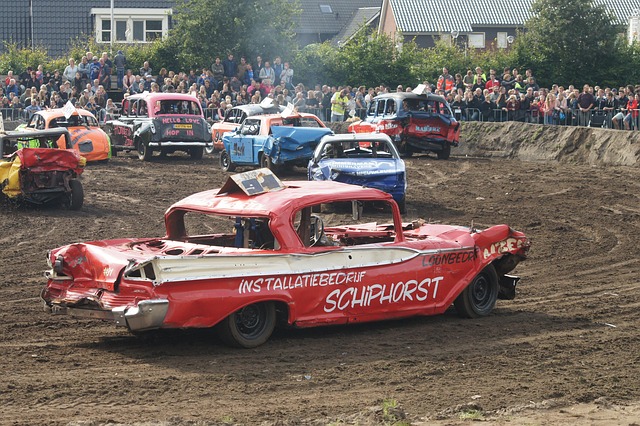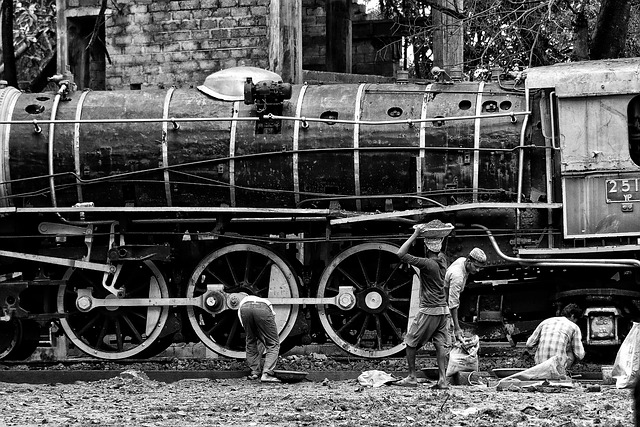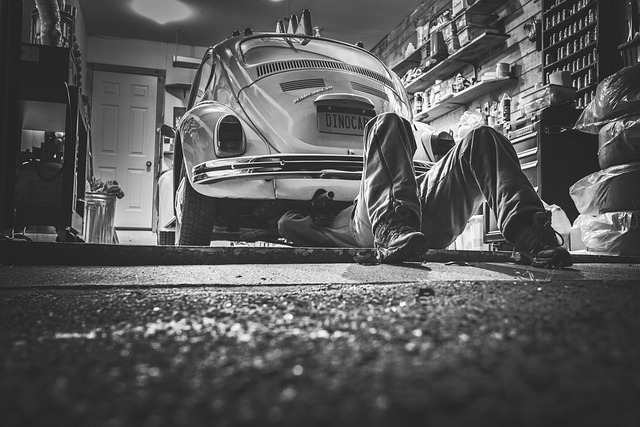Collision repair specialists must decide between using Original Equipment Manufacturer (OEM) or aftermarket parts for car damage repairs, considering factors like cost, availability, compatibility, and quality. While OEM parts guarantee precision, craftsmanship, and safety, aftermarkets offer savings and improved quality with proper selection. Specialists act as guides, advocating a balanced approach to cater to diverse needs in collision repair while ensuring client satisfaction.
When a vehicle sustains damage, choosing the right parts for collision repair is crucial. Collision repair specialists often face the dilemma between Original Equipment Manufacturer (OEM) and Aftermarket parts. This article provides insights from industry experts, exploring the advantages and drawbacks of each option. Learn how to make an informed decision based on quality, cost, warranty, and compatibility, ensuring your vehicle’s restoration meets the highest standards set by these trusted professionals.
- Understanding OEM and Aftermarket Parts: A Collision Repair Specialist's Perspective
- Pros and Cons of Using OEM vs. Aftermarket for Collision Repairs
- Making an Informed Decision: Tips from Top Collision Repair Specialists
Understanding OEM and Aftermarket Parts: A Collision Repair Specialist's Perspective
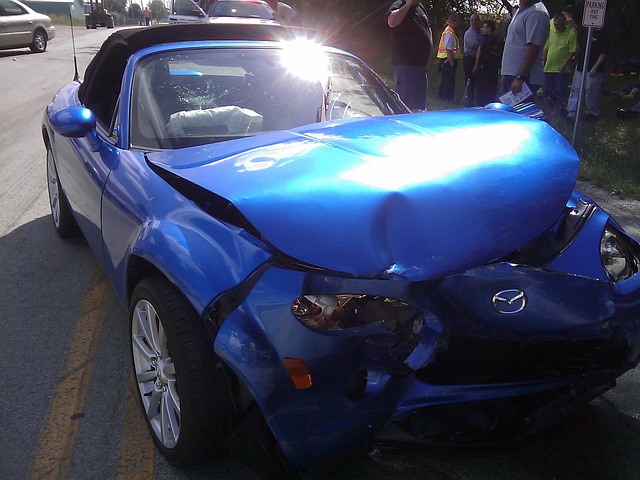
Collision repair specialists often find themselves at the crossroads when it comes to choosing between Original Equipment Manufacturer (OEM) and aftermarket parts for car damage repair and auto body painting projects. From their perspective, OEM parts offer a level of quality assurance and precision that is hard to replicate with their aftermarket counterparts. These original parts are designed specifically for a particular vehicle model, ensuring an exact fit and superior performance during the auto frame repair process.
However, aftermarket parts have gained popularity among collision repair specialists due to their cost-effectiveness and availability. While these parts can be a practical solution for budget-constrained projects or when dealing with rare vehicles, they may not always provide the same level of precision as OEM parts. Collision repair specialists must consider factors such as compatibility, durability, and the potential need for additional modifications during auto body painting to ensure the best outcomes for their clients.
Pros and Cons of Using OEM vs. Aftermarket for Collision Repairs
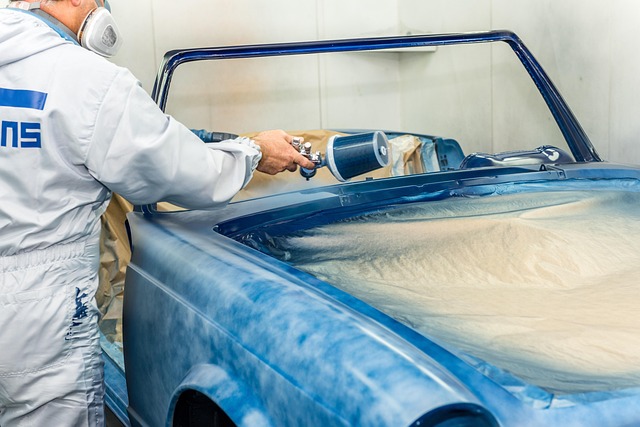
When it comes to collision repairs, choosing between Original Equipment Manufacturer (OEM) and aftermarket parts can be a dilemma for car dent repair and frame straightening specialists. OEM parts, being the genuine components made by the vehicle manufacturer, offer several advantages. They ensure a perfect fit and match, preserving the car’s original aesthetics and safety standards. This is particularly crucial for complex auto body painting processes, as it guarantees a seamless finish that matches the vehicle’s exact specifications. Moreover, collision repair specialists appreciate the reliability of OEM parts, knowing they meet strict quality control measures.
However, aftermarket parts have gained popularity due to their cost-effectiveness and availability. These replacement components can be a budget-friendly option for less specialized repairs, such as simple panel replacements. Aftermarket products often come with warranties, providing some reassurance to collision repair specialists and their clients. While they might not always offer the same level of precision in terms of fitment as OEM parts, particularly for newer vehicle models, advancements in manufacturing have narrowed this gap, making aftermarket options a viable choice for many auto body shops.
Making an Informed Decision: Tips from Top Collision Repair Specialists
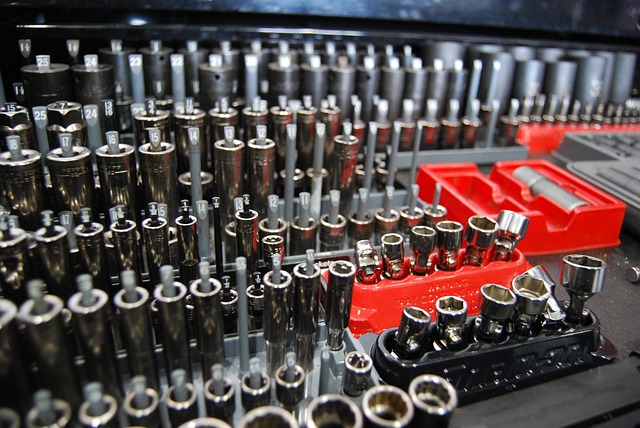
When it comes to choosing between OEM (Original Equipment Manufacturer) and aftermarket parts for collision repair, auto body shops and their specialists play a pivotal role in guiding customers. These experts share invaluable insights on making informed decisions, ensuring the safety and quality of vehicle repairs.
Collision repair specialists recommend evaluating several factors: cost, availability, fit, finish, and brand reputation. Aftermarket parts can offer cost savings but may require careful selection to ensure they meet OEM standards for a seamless integration into the vehicle body shop’s auto body work. Conversely, OEM parts guarantee an exact match, superior quality, and often come with extended warranties. Top collision repair specialists suggest balancing these considerations, emphasizing that both options have their merits and demerits, ultimately catering to individual needs and preferences in automotive collision repair.
When it comes to collision repairs, collision repair specialists stress the importance of making informed decisions regarding parts choices. Both OEM and aftermarket parts have their advantages and disadvantages, and understanding these differences is key to ensuring quality repairs. By considering factors like cost, warranty, compatibility, and performance, collision repair technicians can offer clients the best options for safe and reliable vehicle restoration. Relying on the expertise of specialists and staying updated with industry trends will help individuals navigate the complex world of automotive parts replacement effectively.
